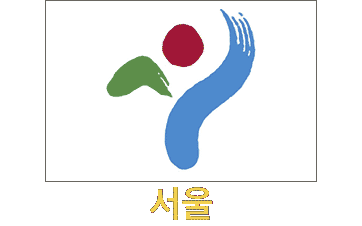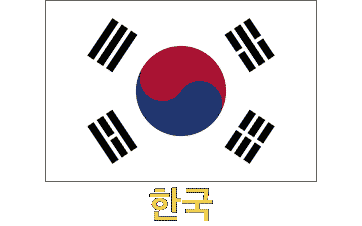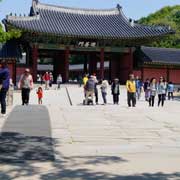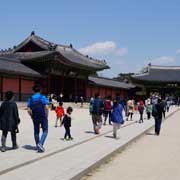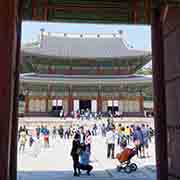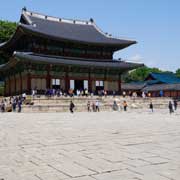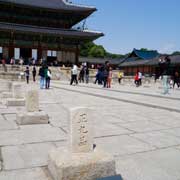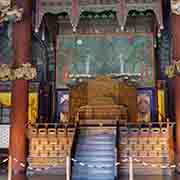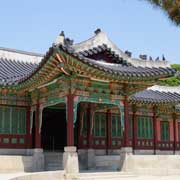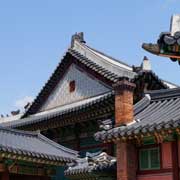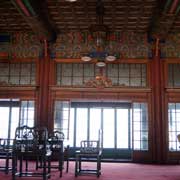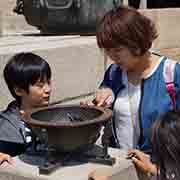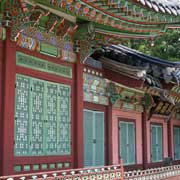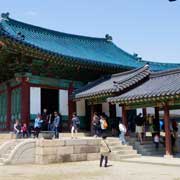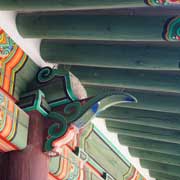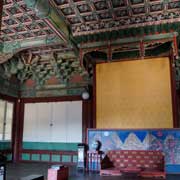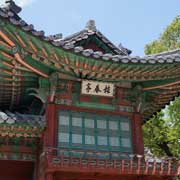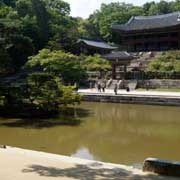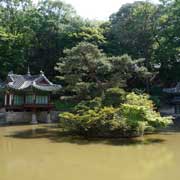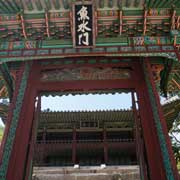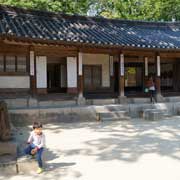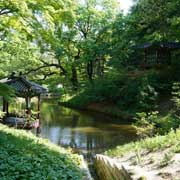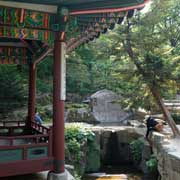Photos of Changdeokgung Palace, Seoul, Korea
Changdeokgung Palace, Seoul
Changdeokgung (“Prospering Virtue Palace”), Changdeok Palace, is one of the “Five Grand Palaces” built by the kings of the Joseon Dynasty (1392–1897). It is located east of Gyeongbok Palace (Gyeongbokgung), the main royal palace and was the most favoured palace of many Joseon princes, retaining many elements dating from the Three Kingdoms of Korea. One such feature is that the buildings of Changdeokgung blend with the natural topography of the site, incorporating the “Secret Garden”. During the Japanese occupation of Korea, in the years 1910 to 1945, the palace, like the other palaces, was heavily damaged: only about 30% of the pre-Japanese structures survived.
you may then send it as a postcard if you wish.
Changdeokgung was Joseon’s second palace and was built between 1405 and 1412. It was burnt to the ground during the Japanese invasion in 1592 and reconstructed during the rule of King Seonjo (1567-1608), who greatly expanded the palace grounds, including Huwon (“Rear Garden”), initially constructed for the use of the royal family and palace women. The garden incorporates a lotus pond, pavilions, landscaped lawns, trees, and flowers.
Although it burnt down again in 1623 and was attacked by the Manchu (Qing dynasty) from China, it was reconstructed and repaired. It remained the site of the royal court and the seat of government until 1868 when the neighbouring more significant Gyeongbokgung Palace was rebuilt. Korea’s last Emperor, Sunjong, lived here until he died in 1926.
